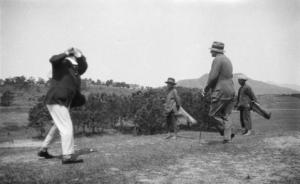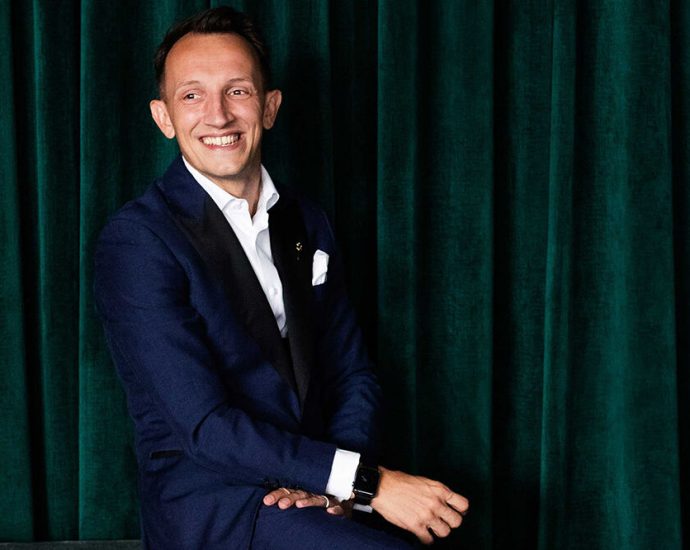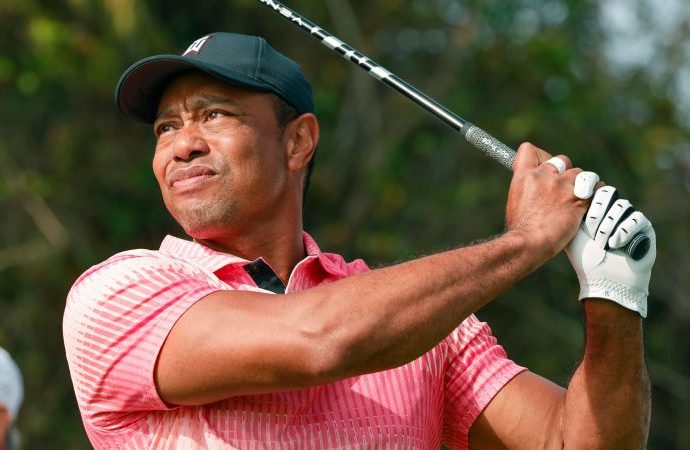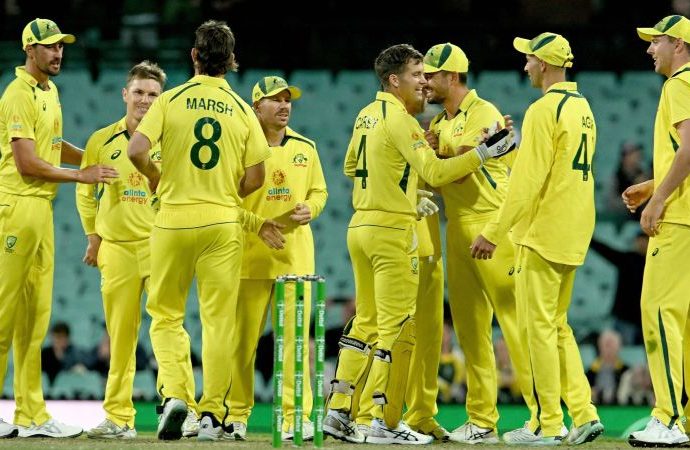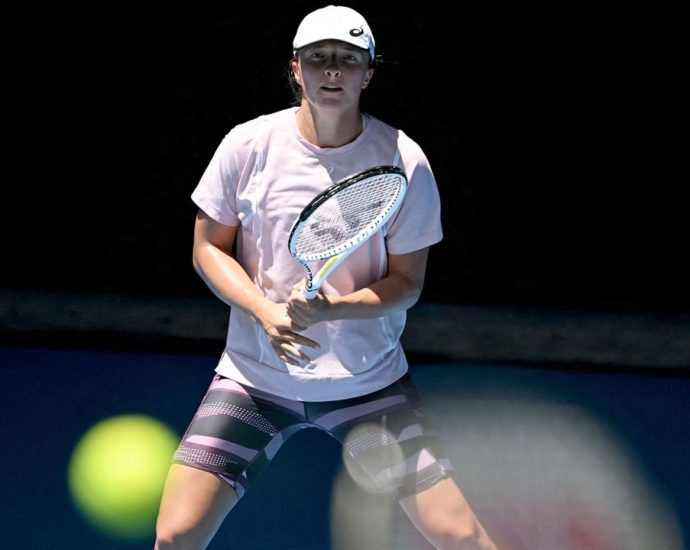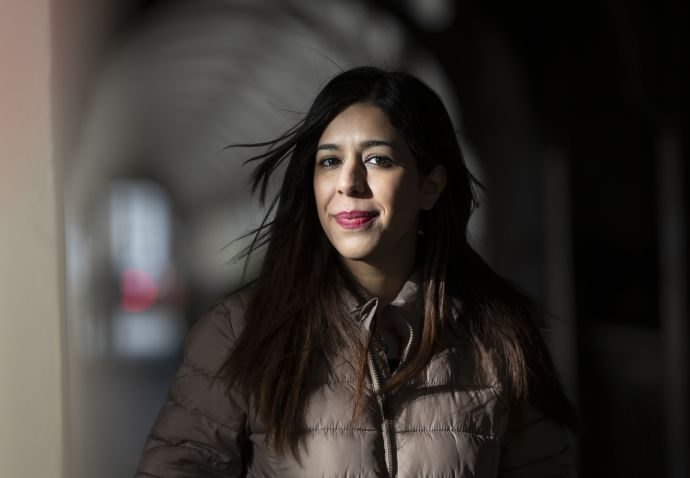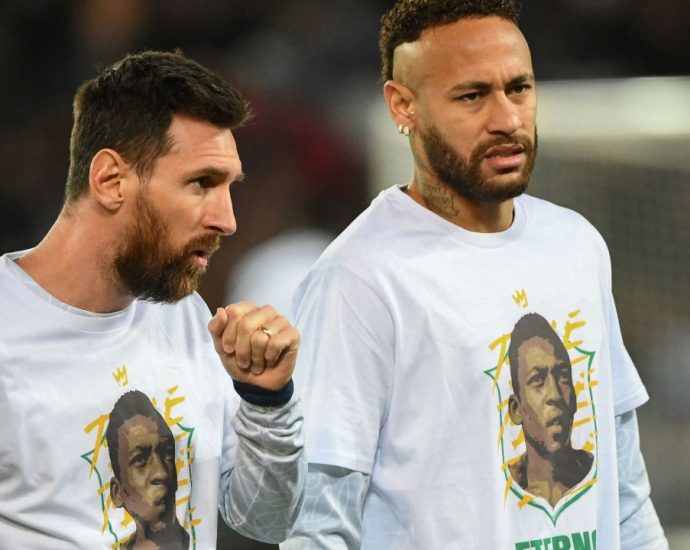Handicapped HK government handicaps the Old Course
In a resolute stand, golfers have escalated their battle against the Hong Kong government’s forthcoming takeover of a century-old golf course, slated for September 1. The move, poised to mar the city’s global stature, has drawn the ire of golfing enthusiasts.
Leader John Lee’s commitment to the previous administration’s redevelopment plan remains steadfast, despite mounting opposition. Hong Kong Golf Club’s recent legal maneuver, seeking a judicial review to challenge the underpinning environmental assessment, underscores the authorities’ unyielding resolve.
Supported by powerful people in pro-government and business circles, the fight rages on to safeguard the prestigious golf club against the backdrop of a housing crisis. The government’s intent to seize a fifth of the 172-hectare Fanling golf course for 12,000 public homes amid the world’s most exorbitant housing market kindles this fervent debate.
Golf, to a greater extent than any other sport, is intricately intertwined with its surroundings – the land, the natural terrain, the climate, the heritage and the history. These elements contribute to the inherent value of a golf course, making each one unique and cherished.

There are three courses at Fanling and the land officials are about to grab belongs to what is called, simply, the Old Course – in homage to the hallowed Old Course at St Andrew’s Links, Scotland, which stands as the epitome of prestige and tradition, revered as the “Home of Golf.”
The Fanling Old Course stands as Hong Kong’s premier 18-hole testament from the illustrious Golden Age of golf – an era defined as the sport’s zenith. It’s joined with the New and Eden Courses to make a trifecta that has been the steadfast venue for the Hong Kong Open since 1959, imprinting an indelible mark on the local and Asian golf scene.
The trio of graded historic structures – Clubhouse, Halfway House, and Fanling Lodge – is an integral part of this historical and cultural tapestry, further enriching the legacy of the landscape.
It was a perplexing move when Carrie Lam’s government decided in 2019 to reclaim 32 hectares of the 172-hectare golf club. This act effectively cripples the Old Course, rendering it unable to host any full-scale competitions. Such a decision is a disservice to Hong Kong’s vibrant golfing community and a clear indication of the government’s flawed housing policy.
It’s true that Hong Kong has long been struggling with exorbitant housing prices. Over two decades, housing costs surged by 350%, fostering extreme wealth inequality. Many citizens endure cramped living conditions, such as subdivided flats and “cage” homes. Beijing called for local leaders to address the pressing accommodation crisis, blaming unaffordable housing for catalyzing social discontent, notably witnessed during the 2019 anti-government protests. Lee vowed to shorten public housing wait times from six to 4.5 years.
St Andrews, looking at Edinburgh, Dundee and the area in between, obviously doesn’t have the population pressure faced by Hong Kong. But Hong Kong certainly has better alternatives to the de-facto destruction of the value of Fanling.

Consider, for a moment, the Lantau Tomorrow project. This ambitious endeavor involves the reclamation of land near Lantau Island, with the first phase covering 1,000 hectares and costing about HK$624 billion. Based on a conservative estimate of a 2 times floor area ratio, the cost per foot amounts to approximately HK$3,000, a relatively affordable figure. The government touts its potential to provide up to 260,000 residential units, with 70% allocated for public housing. The Fanling site pales in comparison, offering space for a mere 5% of the housing units that the Lantau project could accommodate.
Yet, despite the clear advantages and potential benefits of the Lantau Tomorrow project, progress has been frustratingly slow. According to government estimates, the entire process from land reclamation to the occupation of residential units spans a period of seven years. Carrie Lam first proposed the plan in 2018, and now, five years later, we find ourselves mired in a quagmire of bureaucracy, endless studies, reviews, and discussions.
Moreover, the government’s handling of the situation risks exacerbating social divisions, fueling a dangerous “wealth-shaming” narrative. Instead of addressing the underlying causes of the housing problem and implementing effective policies, they choose to provoke controversy and shift blame onto the affluent. Such tactics do nothing to solve the crisis at hand but only serve to deepen societal rifts.
Hong Kong’s success today has been built up by many generations of hard working, visionary heroes. We should continue to build and not destroy, especially not to break up, such an iconic symbol of our commercial and international status. It is paramount not to turn this into a rich vs. poor struggle: There are far more professionals, owners of small and medium-sized businesses and young people playing than millionaires.
One good solution is to open the whole Old Course to the public, keeping Fanling intact, so the world does not find us ridiculous, and no one is held to account by future generations for such stupidity.
A notable contrast lies in the approach to heritage preservation between Singapore and Hong Kong. Singapore exhibits a centralized method, with the Urban Redevelopment Authority overseeing urban planning and heritage conservation. This enables comprehensive development considerations and integrated heritage preservation. In contrast, Hong Kong’s approach disperses heritage conservation duties across various government bodies, prone to incoherence and tunnel vision.
In light of President Xi Jinping’s recently reiterated emphasis on “solidly promoting One Country Two Systems” and maintaining the “prosperity and stability” of Hong Kong, it is essential that we recognize our role in fulfilling a broader agenda that aligns with the interests of our nation.
This recognition should guide our decision-making and policy implementation, ensuring that we uphold the principles of our capitalist system and continue to enjoy the freedoms promised by Deng Xiaoping’s “keep on racing horses, keep on dancing”.
To achieve this, Hong Kong needs visionary leadership that goes beyond short-termism and populism. We require leaders who possess a deep understanding of the city’s social fabric and the harmonious spectrum of values it embodies. Our leaders must strike a delicate balance between the interests of different stakeholders, including minorities whose voices are often disregarded.
This calls for a caliber of leadership befitting an international financial center. Only then can we ensure a prosperous future for Hong Kong, one that respects our traditions while embracing the progress necessary for the city’s continued growth. In 20 years, if it survived unscathed, Fanling might be viewed as a joint great asset for the people of the Greater Bay Area that they can be proud of.
Louis Ho has spent many a happy day on the links at Fanling.

